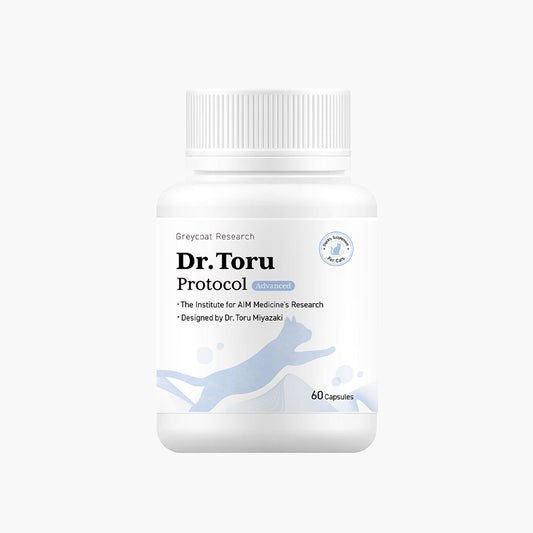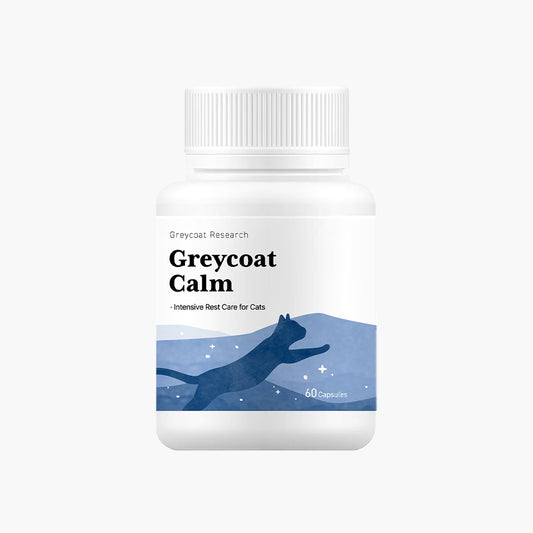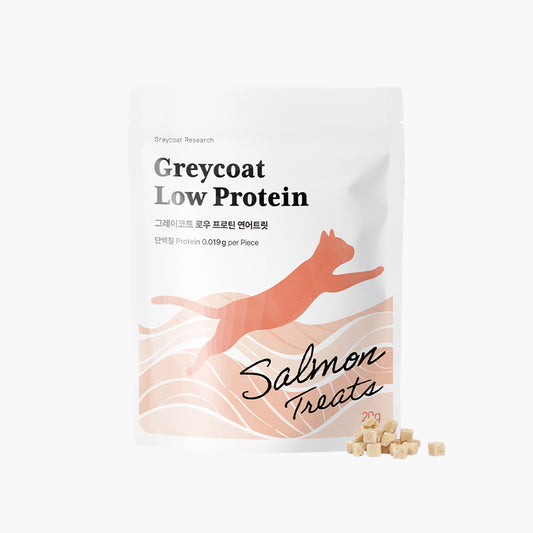
We are Greycoat Research, dedicated to supporting kidney care for cats.
Recently, Goro’s guardian shared uplifting news — within just two weeks, his BUN levels showed a remarkable improvement.
Despite facing the complex challenge of managing both diabetes and chronic kidney disease, Goro’s BUN dropped significantly from 64.9 mg/dL on October 11 to 45.2 mg/dL on October 25, marking a truly positive change.
This story is told from the guardian’s perspective, based on her original review and our conversation — a heartfelt account of steady care, patience, and love.
- Name: Goro
- Home: Korea
- Age: 14 years old
- Condition: Diabetes, Stage 2 CKD, Chronic Pancreatitis
From Goro’s Guardian
In late August 2025, my 14-year-old cat Goro was diagnosed with diabetes, chronic pancreatitis, and early-stage CKD.
At that time, his blood glucose was close to 600, and he began urinating excessively. He also lost his appetite, dropping from his usual 5 kg to 4.3 kg.
Those early weeks were terrifying. Despite insulin injections and prescription diets, his appetite remained unstable, and his body seemed to weaken each day.
Starting the Routine
At first, I tried Hill’s W/D and later switched to Hill’s K/D for kidney support, but he refused to eat the dry food. Eventually, I found that Royal Canin Renal suited him best, and his appetite slowly returned.
To stabilize his condition, I began daily subcutaneous fluids (100 ml of Hartmann’s solution) and added supplements — Azodyl, Dr. Toru Protocol, activated charcoal, and probiotics.
This combination helped support both his kidney and digestive health.
Lab Values and Condition
📅 October 11, 2025
BUN: 64.9 mg/dL
CRE: 1.59 mg/dL
Blood Glucose: Around 500 (temporary spike)
Weight: 4.3 kg
📅 October 25, 2025
BUN: 45.2 mg/dL (Improved)
CRE: 1.69 mg/dL (Stable)
Blood Glucose: 100–200 mg/dL (Stable, insulin discontinued)
Weight: 4.5 kg (Recovered and maintained)

Recent Improvements
By late October, the most dramatic change was in his blood sugar.
Even after stopping insulin injections, his glucose remained stable between 100 and 200.
At the same time, his BUN levels dropped significantly for the first time—from 64.9 to 45.2 mg/dL—while his creatinine stayed steady.
With these improvements, we reduced fluid therapy from daily to 2–3 times per week and adjusted supplements:
- Morning: Azodyl + Dr. Toru Protocol
- Evening: Activated charcoal
Thanks to these changes, hospital visits could be spaced out from every two weeks to once a month.

What I Felt as a Guardian
When Goro was first diagnosed with both diabetes and kidney disease, I felt utterly hopeless.
There were moments when I had to give him honey water to save him from hypoglycemia, and I truly feared losing him.
But just two weeks later, seeing his BUN levels drop and his glucose stabilize without insulin made me truly happy.
Now that hospital visits are monthly instead of biweekly, each day feels a little lighter and more hopeful.
A Small Lesson
Managing complex conditions like diabetes and CKD is like solving a puzzle.
Every detail—diet, supplement timing, fluid frequency—affects the outcome.
For Goro, appetite was the turning point.
Once he started eating well, his strength returned, and his values followed.
Finding the right balance for his preferences made all the difference.
To other guardians, I’d like to say: Don’t give up.
Even when the results seem slow, patience and consistency can bring stability back to your cat’s life.
Note
This story reflects one guardian’s personal experience.
It does not imply medical treatment, prevention, or cure.
Every cat is different, so please consult with your veterinarian for diagnosis and care decisions.







